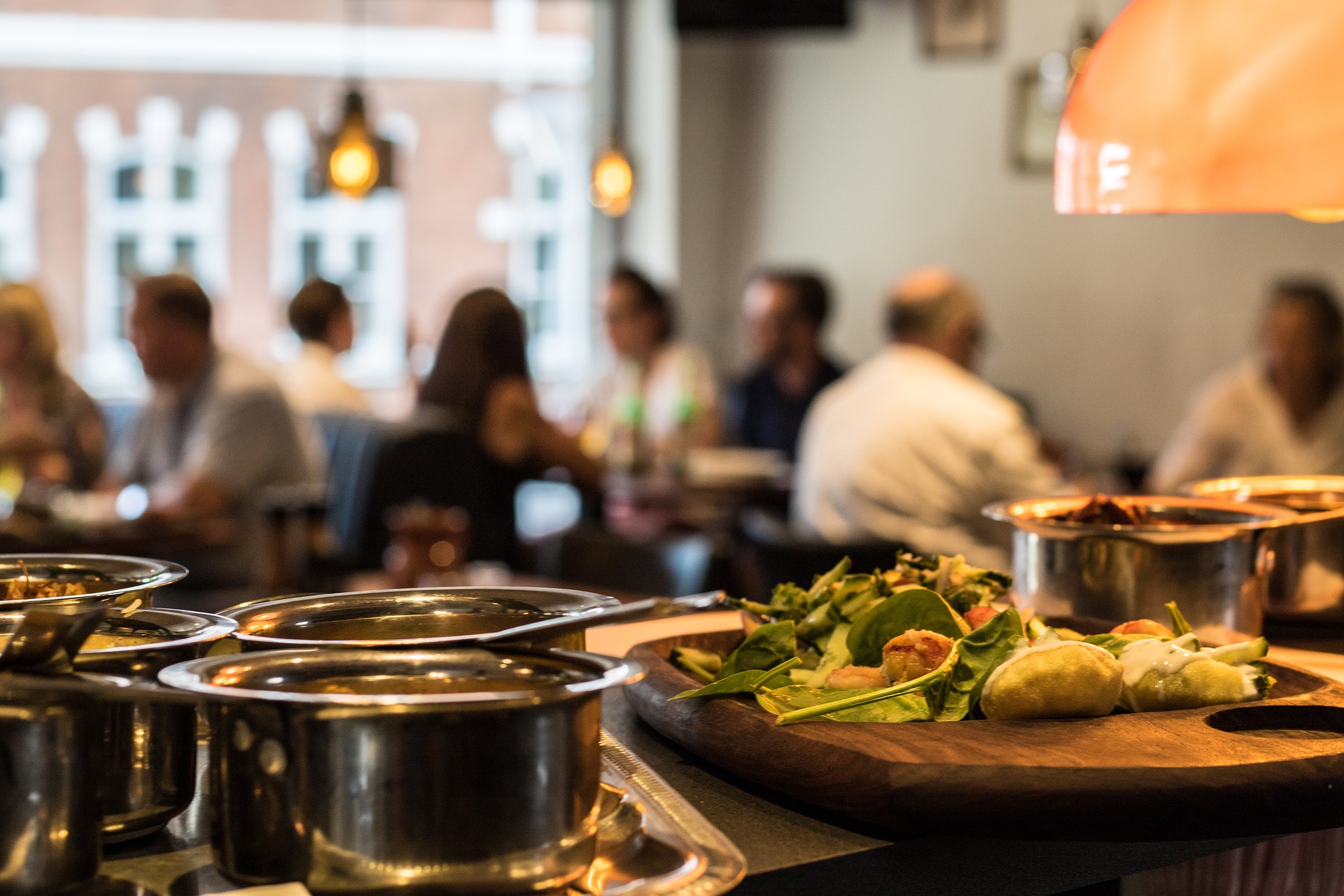I first became acquainted with traditional Nordic foods during a stroll down the dairy aisle. I randomly picked up a new yogurt brand called “Icelandic Provisions” with enticing flavors like “peach cloudberry” and “strawberry lingonberry.” I would later learn that it was not yogurt, but Skyr. While it is branded as yogurt in the United States, Skyr is actually a type of cheese that is a central part of the Icelandic diet dating back to the viking era. Skyr is thicker than yogurt and contains less fat and sugar, and more protein per serving. Brands selling skyr such as Siggi’s and Smari, have capitalized on America’s health-obsessed culture to sell their products. In 2016, Siggi’s was the fastest growing yogurt brand in the United States with 120 percent growth in sales compared to 2014. Skyr is not the only part of Nordic culture leaving an impression on the United States.
Nordic society is deeply appealing to progressive Americans. Denmark, Finland, Iceland, Norway and Sweden are generally considered Nordic countries. While there are certainly high taxes, most countries in the Nordic region offer free university, paid family leave, universal health care, and vacation time. Some of the most controversial political issues that we have in the United States have long been settled in these countries. They also rank at the top of The World Happiness Report while the United States is 18th. It’s no wonder that Americans have developed an interest in Nordic life. Americans are embracing Nordic culture in part because it assuages our personal and political anxieties.
Hygge
Hygge (pronounced hoo-guh) is a Nordic concept that Americans seem to have grabbed onto with a fervor. The rough translation from Danish is “cozy.” Hygge is a method that people in Nordic climates have used to adapt to the fact that it is cold and dark almost all day during the long winter months. Hygge can be a warm cup of coffee, a fireplace, a dinner with family — the list could go on. It’s about togetherness, which is something we lack in America: according to a Pew Research Center study, 36 percent of parents report that they don’t spend enough time with their children.
In the United States, hygge has become a marketing term used to sell goods such as candles, fairy lights, and fuzzy blankets. The Colorado based brand Hygge Life sells hygge-approved home decor. The vast number of companies selling hygge-branded candles prompted several reports about the dangers of too much hygge. In some drastic cases, a hygge obsession can lead to setting your house on fire.
Hygge entered into American vocabulary in 2016 after President Trump’s election. It was nominated that year to win the Oxford Dictionaries’ “word of the year” alongside “alt-right” and “post-truth.” This short-list of nominated words sums up the American state of mind in 2016 — preoccupied with the turbulent world of politics, yet yearning for self care and a way to cope with streams of terrifying CNN alerts.
Nordic Cuisine and Fermentation
Another integral part of Nordic culture is fermentation. Originating in Sweden, fermentation is a 10,000 year old process in which molecules such as glucose are broken down in the absence of air. Fermentation is a way to preserve food without refrigeration. Given that Scandinavia is too dark and cold to grow food for much of the year, fermentation is an ancient technique to save last summer’s foraged berries and vegetables for the coming winter. Fish is also commonly canned and fermented. Surströmming, considered the smelliest food in the world, is a Swedish delicacy of fermented Baltic Sea herring that is often served on top of buttered thin bread.
While Americans may not ever adopt Surströmming, fermentation is a new haute cuisine trend that has made its way to the United States. Based in Copenhagen, Denmark, Noma, one of the world’s best restaurants, has been a pioneer in using the fermentation process to transform the flavors of their food. Other highly rated restaurants around the world have adopted Noma’s principle of including at least one fermented element in every dish. Noma’s head chef, Renee Redzepi, and the restaurant’s head of fermentation, David Zilber, recently came out with a book entitled “The Noma Guide to Fermentation” that sold incredibly well in America. The book includes recipes for making health foods at home that are popular in American grocery aisles such as kombucha, miso, and vinegar. The process of fermentation promotes the growth of probiotics which are shown to improve digestive and heart health, as well as immune function.
The book was likely a success because it democratizes haute cuisine and feeds into the American obsession with health and wellness. The book features flavor combinations such as fermented blueberry paste rubbed on corn on the cob. There’s also a political aspect of fermentation — it pushes back against fast-food consumerism. Cooking at home instead of going out to eat can also be seen as a small act of protest.
Conclusion
Hygge and fermentation barely touch the surface of Nordic culture. Overall, Nordic society seems healthy and happy. What’s not to be envious of? In an article for Babble Magazine, Steph Koyfman writes about Michael Booth’s book, The Almost Nearly Perfect People: Behind the Myth of the Scandinavian Utopia. She explains that “there’s a fundamental difference in how our cultures conceive of ‘freedom.’ In Norway, there’s the ‘freedom to be.’ In America, there’s the ‘freedom to do.’ What’s more, ‘control’ means being protected from risk in Sweden. In America, ‘control’ is something that’s left up to the individual.” The American fascination with Nordic culture is much deeper than hyyge and fermentation, it’s about different notions of freedom, community, and comfort.
Image Credit: Pixabay/GOLDINPIC
